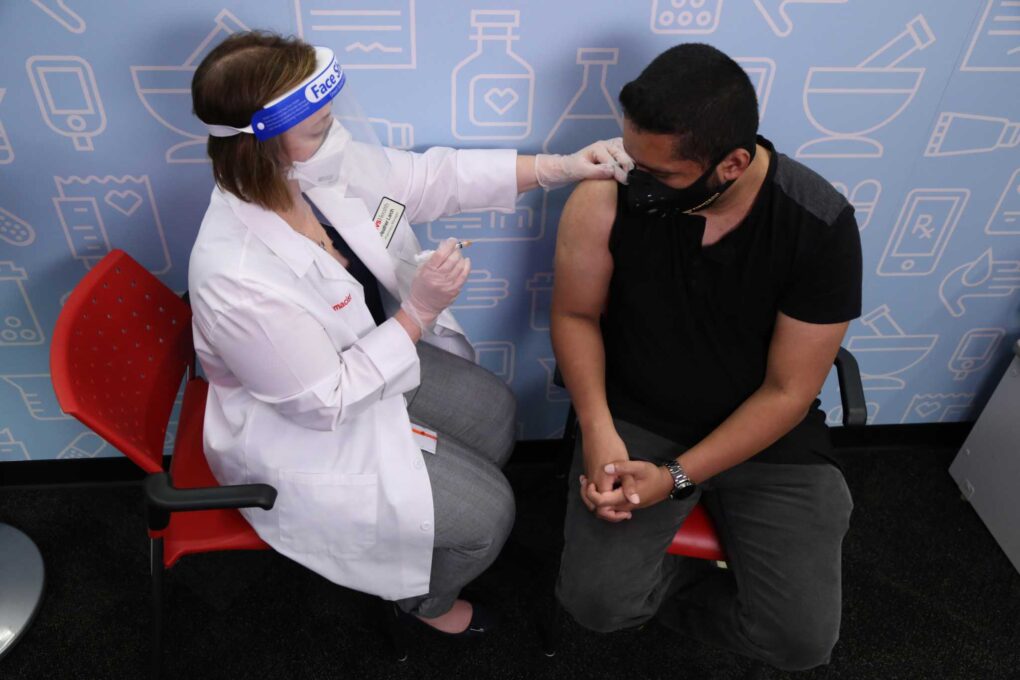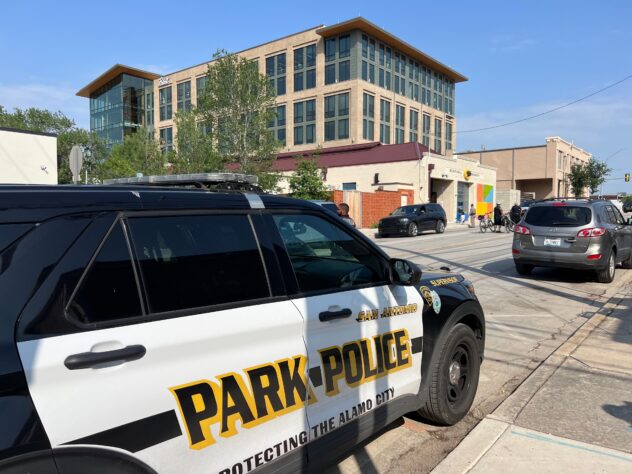How long will the flu last? This season, it might depend on your age.

Editor’s note: This story was updated with comments from Austin Public Health received after publication.
According to a release by the City of Austin, emergency rooms are stuffed with people suffering from upper respiratory illnesses. It’s what some medical professionals are calling the “Tripledemic,” a problem across the United States as COVID-19, the flu, and respiratory syncytial virus (RSV) collide simultaneously. As of last Saturday, November 19, there were just 30 pediatric ICU beds available in the entire state. (That number has since increased to 42.)
“This year’s season has caused a doubling in visits to emergency departments for respiratory illnesses such as the flu, RSV and COVID-19,” said William Malm, a spokesperson with Austin Public Health. “Some of those with complications from the flu, like pneumonia or co-infections from RSV or COVID-19, require admission to the hospital and, at times, intensive care treatment and life support.”
In Austin, health professionals are increasingly concerned with rising flu rates. Currently, the positivity rate in Travis County is 26.88% for the most recent reporting period. Generally, that number is below 10% at this point in flu season. Malm told MySA that the flu season started earlier this year and as a result, the virus began circulating before many people had received their flu shots.
“Symptoms can start abruptly and last typically for three to four days but usually less than two weeks,” he continued. “With this year’s flu season, more people are visiting primary care providers and hospitals with flu-like symptoms, including children younger than five years, especially those under two years of age, the elderly above 65 years old, and those with chronic medical conditions. These people are at risk for more severe flu-related complications.”
In an article for the Washington Post, William Schaffner a professor at Vanderbilt University and medical director for the National Foundation for Infectious Diseases said: “Not only is flu early, it also looks very severe.”
The predominant strain nationally right now is the H3N2 strain, which usually leads to both the worst outbreaks. The most recent data shows that H3N2 was detected in 76% of 3,500 samples that tested positive and were analyzed for a virus subtype.
This comes as COVID-19 lurks in the background, decreasing in Travis County but altogether still present, and as RSV has hit the country hard, particularly young children. RSV positivity peaked around early October, reaching almost 20% positivity rate on PCR tests, according to data from the Texas Department of State Health Services. That number is still above 10% as of the end of last week.
The CDC says that most RSV infections “go away in a week or two,” and although there isn’t yet any treatment for the virus, there is hope that a vaccine will be ready by next year. UT Austin structural biologist Jason McLellan, whose research helped develop the COVID-19 vaccine, leads the newly formed Texas Biologics, which is researching vaccines.
“The clinical trials have been going on for years, and the phase three results are coming out now. I think the expectation is that we will have licensed RSV vaccines sometime next year in 2023, probably in time for the peak season,” McLellan told KXAN last week.


























